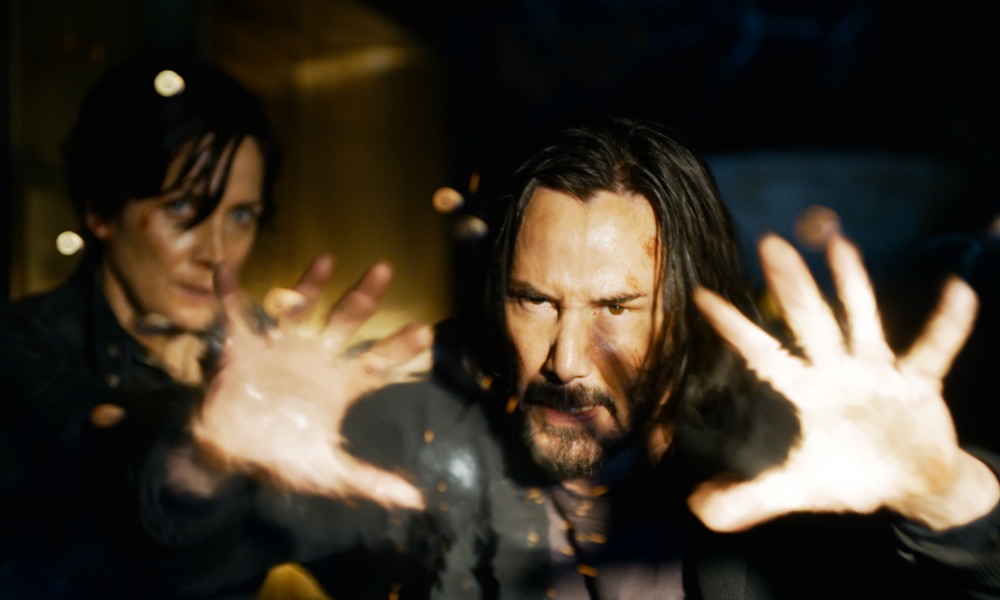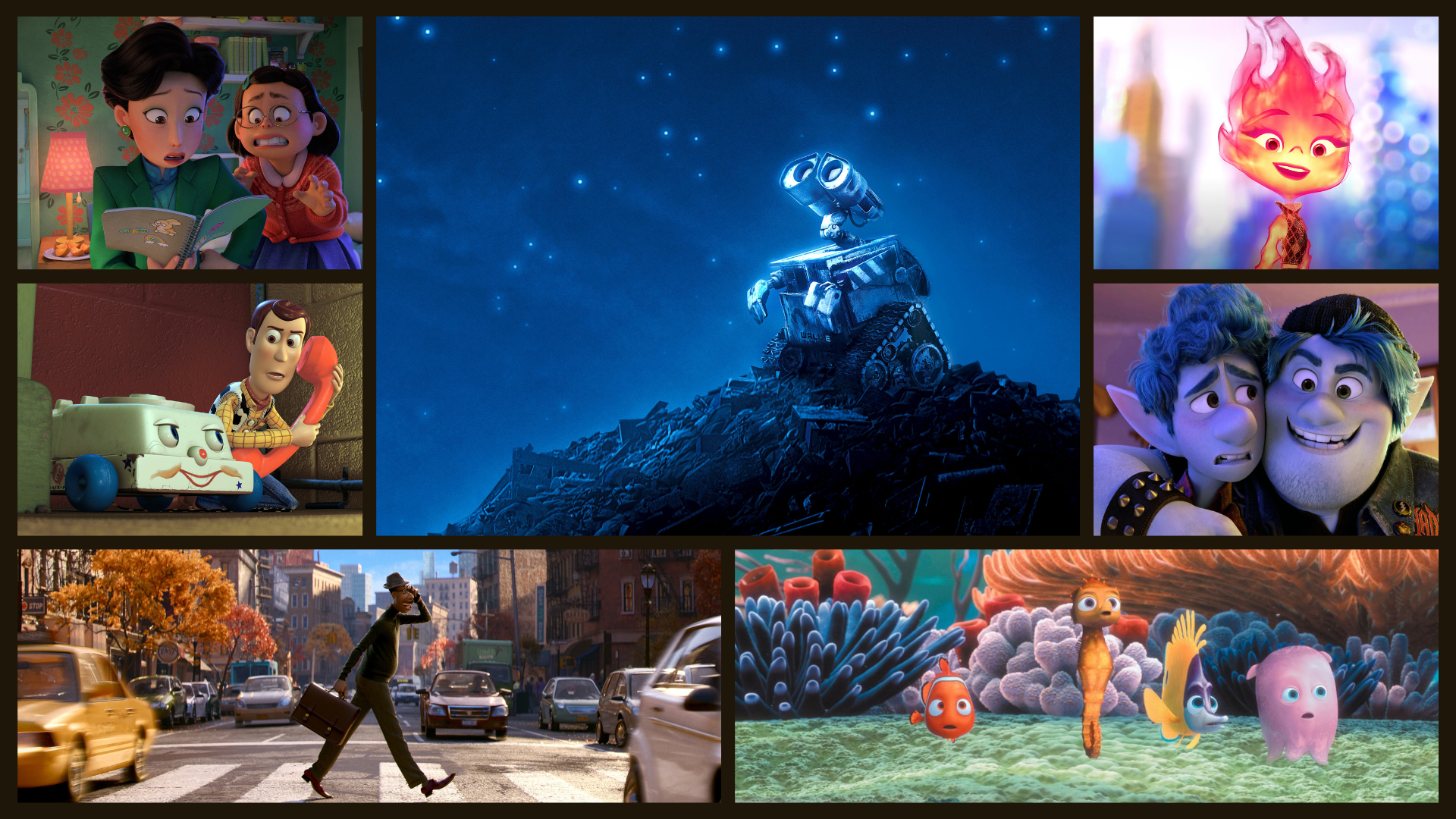[Editor’s note: The following article contains major spoilers for “28 Years Later,” which is in theaters now.]
In “28 Years Later,” the aptly named sequel that comes 28 years after the rage virus ravaged England in “28 Days Later,” we find the lucky humans who survived now in a throwback communal life centered on farming, hunting, tools, weapons, and gender roles ripped from a century ago. While on this week’s episode of IndieWire’s Filmmaker Toolkit podcast (in full below), director Danny Boyle discussed the contradiction between these humans, protected from the zombie-like infected by life on an island, and the rage virus itself.
“They’ve learned how to survive, but they haven’t really evolved. They’ve kind of regressed, [going] back to a 1950s-type subsistence living,” Boyle said on the podcast. “ The virus, though, has evolved more creatively.”
The virus has mutated substantially on the mainland, on the other side of the causeway connecting the humans’ new island home.
“The way [the virus] manifested itself in the first film, it would literally burn itself out, [the zombies] would literally die in front of you,” said Boyle. “The fury, the frenzy, the violence that they have within them, which controls them, is using up so much energy, they would die out quite quickly of malnutrition and dehydration. Now, what they’ve learned to do is to bypass that. They’ve learn to hunt so that they can eat, so that they can survive.”
As Boyle explained, the ability to adapt by securing food has resulted in three distinct variants of zombies. The first variant we encounter is the “Slow-Lows,” heavy-set infected humans who don’t walk but slug along the moist forest floor on their stomachs.
“There are some creatures who live on the ground, who have obviously decided not to expend energy, and they’ll lower their energy expenditure and therefore their nutritional needs as they scavenge on the ground amongst worms and grubs and berries,” said Boyle. “They’re much more passive, but dangerous if provoked or alarmed.”
As Jamie (Aaron Taylor-Johnson) demonstrates to his 12-year-old son Spike (Alfie Williams), the common Slow-Lows are easy to kill, and with the proper precautions, they don’t pose a real threat to humans armed with a bow and arrow. It’s a sharp contrast to the rarer, and far more frightening, variants known as “Alphas.”
“To hunt without weapons, you would need to organize. It’s a natural human instinct that we organize as a pack, which can then hunt together and eat together. The evolution of that is a leader emerges out of that, an ‘Alpha,’” said Boyle. “The virus has had a kind of steroid effect upon those creatures, and they are of a larger scale.”
Also known as the Berserkers, the Alphas are massive. The principal threat in “28 Years Later” is the Alpha known as Samson, who is played by 6-foot-8-inches, and played by actor Chi Lewis-Parry (pictured below), an MMA fighter and bodyguard. As muscular as Lewis-Parry already is, special makeup effects supervisor John Nolan added even more muscles on top of his massive frame, especially to his back. In the press notes, Nolan indicated they increased the “proportions of everything about 40 percent” on Samson. Noted Boyle of the Alpha villain, who runs around pretty much naked (and quite well-endowed) for most of the film: “He had a few supplements added to him.”

“Like these big guys often are, he’s a gentle giant,” Boyle said of Lewis-Parry. “He’s the sweetest man, but on screen, he’s absolutely terrifying.”
The ferocity with which Samson moves is made visceral by Boyle and cinematographer Anthony Dod Mantle’s up-close-and-personal use of the iPhone cameras to capture the violent speed of the new zombie breed, who are so strong that they rip the skull, with the spine still attached, right out of their victims’ bodies.
“That was very much scripted,” said Boyle, crediting screenwriter Alex Garland with the Alphas’ disturbing way of finishing off their prey. “I remember reading that thinking, ‘Oh yes!’ Because it’s a horror movie, so you want to kind of horrify people, and people have to imagine it happening to themselves, really. Anatomically, it probably isn’t possible, but it’s cool and it’s really great and terrifying to see.”
In “28 Years Later,” we also see an extremely thin, almost skin-and-bones zombie variant (pictured at the top of this page), a slight throwback to the first victims of the rage virus in “28 Days Later.” Boyle cryptically offered little explanation of this third variant: “There’s a very thin man who clearly, for some reason, he’s not capable of [hunting or gathering food like the others].”
“28 Years Later” was written as the first of a trilogy of films. The second film, “28 Years Later: The Bone Temple,” has already been shot by director Nia DaCosta and is slated to come out next January. Pointing to the future, Boyle warned audiences that we don’t know everything just yet about the adorable and very normal-looking (and seemingly non-infected) baby that Spike and Isla (Jodie Comer) watch a pregnant zombie give birth to before she dies.
“There’s a fourth [variant], of course, which is even more complicated, which is that the baby arrives from an infected,” said Boyle. “The question which we don’t answer deliberately is, ‘Was this woman a survivor who became infected while she was pregnant, or are the infected breeding? Are they having sex and [this is] the natural consequences of that?’ So it’s kind of multiple evolutions happening, probably, in reality.”
“28 Years Later” is now in theaters.
To hear Danny Boyle’s full interview, listen to the audio above or subscribe to the Filmmaker Toolkit podcast on Apple, Spotify, or your favorite podcast platform.



